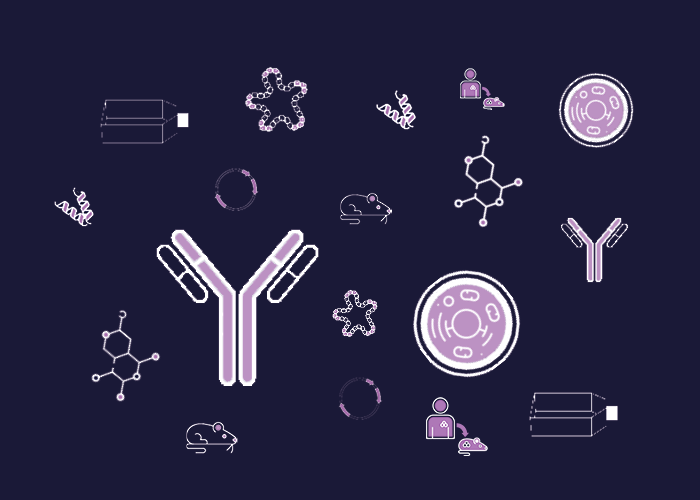Cat. #160452
143B m.8993T>G isogenic mTUNE mT45 Cell Line
Cat. #: 160452
Sub-type: Continuous
Unit size: 1x10^6 cells / vial
Organism: Human
Tissue: Bone
Disease: Cancer
Model: Tumour line
£575.00
This fee is applicable only for non-profit organisations. If you are a for-profit organisation or a researcher working on commercially-sponsored academic research, you will need to contact our licensing team for a commercial use license.
Contributor
Inventor: Payam Gammage
Institute: Cancer Research UK, Glasgow: The Beatson Institute
Tool Details
*FOR RESEARCH USE ONLY (for other uses, please contact the licensing team)
- Name: 143B m.8993T>G isogenic mTUNE mT45 Cell Line
- Alternate name: mTUNE 1, mT1
- Cancer: Sarcoma
- Cancers detailed: Bone;Osteosarcoma
- Research fields: Cancer;Metabolism
- Tool sub type: Continuous
- Parental cell: 143B
- Organism: Human
- Tissue: Bone
- Disease: Cancer
- Model: Tumour line
- Description: The cellular metabolic environemnt is influenced by relative levels of coexistant mutant and wild-type mitochondrial DNAs (heteorplasmy) in a range of diseases for which mitochondrial dysfunction is a feature. Disease phenotypes may be rescued by returning heteroplasmy towards wild-type levels. To investigate this approach, the team led by Payam Gammage have devised a series of cell lines which stably express stable levels of mutatnt m.8993T>G mtDNA heteroplasmy. Cell lines bearing m.8993T>G heteroplasmy of 70 and 10% are available at CancerTools.org. These lines are derivatives of the m.8993T cybrid cell developed by Prof Eric Schon, and are of of 143B human osteosarcoma lineage. This is part of a series of two cell line (mTUNE); see Related research tools tab.
- Production details: mTUNE cells were generated by Dr Michal MinczukÄË?Â?Âs lab and derive from female human osteosarcoma 143B (RRID: CVCL_2270) cybrid cells (Porteous et al., 1998), after correction of m.8993T>G mutation with mitochondrially-targeted zinc finger nucleases (Gammage et al., 2016a). See Gaude et al., 2018 for further details.
- Additional notes: This is part of a series of three cell line (mTUNE); see Related Reagents tab.
Target Details
- Target: m.8993T>G
Handling
- Format: Frozen
- Growth medium: high glucose DMEM media supplemented with L-glutamine and 10S and pen/strep
- Unit size: 1x10^6 cells / vial
- Shipping conditions: Dry ice
- Subculture routine: Grow in regular dishes or flasks (10cm dish or 75cm2 flask). Passage 2 or 3 times a week, split when confluent (wash with PBS and then use trypsin to split). There is no maximum passage number. 1:10 for 3 splits a week, 1:20 Friday to Monday
Related Tools
- Related tools: 143B m.8993T>G isogenic mTUNE mT70 Cell Line
References
- Gammage et al. 2018. Nat Med. 24(11):1691-1695. PMID: 30250142.
- Gammage et al. 2018. Methods Mol Biol. 1867:43-56. PMID: 30155814.
- Gaude et al. 2018. Mol Cell. 69(4):581-593.e7. PMID: 29452638.
- Gammage et al. 2016. Methods Mol Biol. 1351:145-62. PMID: 26530680.
- Gammage et al. 2016. Nucleic Acids Res. 44(16):7804-16. PMID: 27466392.
- Gammage et al. 2014. EMBO Mol Med. 6(4):458-66. PMID: 24567072.



